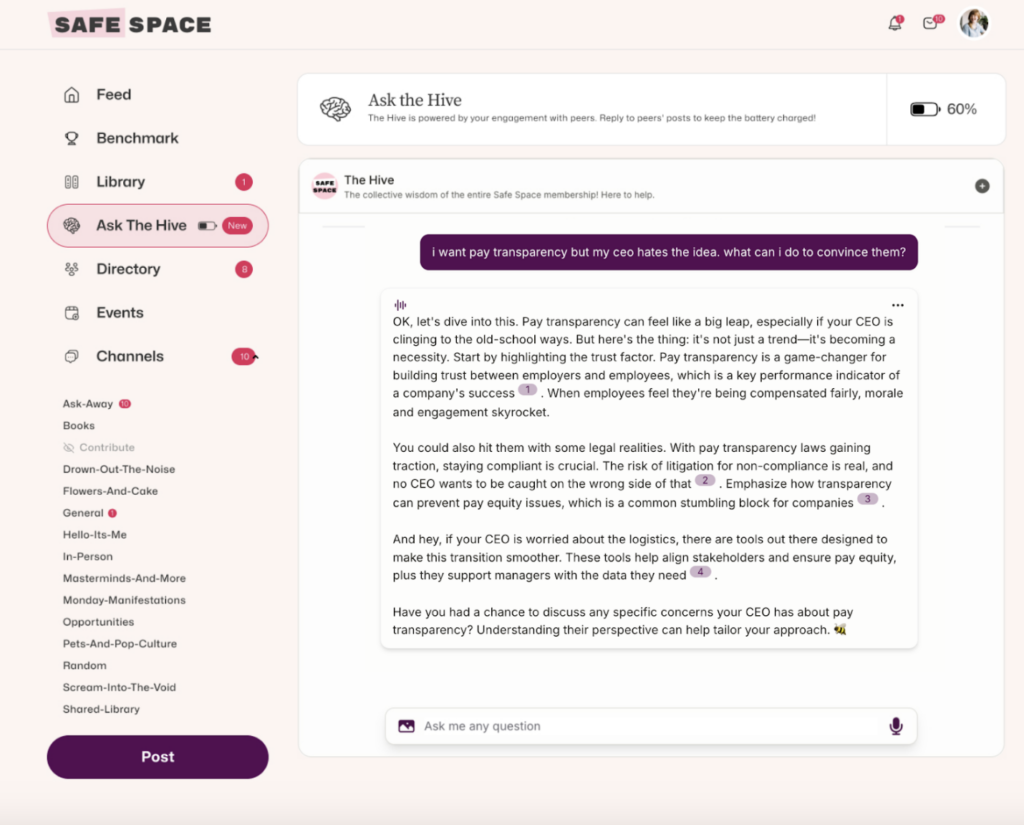✍ How do you handle seemingly contradictory directives from a superior? A supervisor and a manager meet regularly to coordinate activities, draft documents, etc. and the director complains that they meet too often and that their communication needs to be improved. Both are now walking on eggshells as they feel “big brother” is watching.
Context: Small company (~40 FTE), the director has taken on additional responsibilities and the stress is trickling down. Staff are overburdened and dealing with some ambitious timelines. Failure is not an option.
Katie Gerson, HR Manager at DeNOVO Solutions:
This situation is tough with multiple factors that seems to be contributing to the disconnect, however continued neglect of getting to the root of the problems will often times result in a much bigger issues sooner rather later. Without know about what has already happened to try and resolve the issue and the personal dynamics of the individuals, here are my two cents.
Whenever there is a disconnect between parties, I recommend getting the individuals together (I know another meeting) to understand where the breakdown is happening. When individuals get into habits or patterns of feeling things just aren’t working, that will continue to bleed over into other situations, making it harder to let go. Resetting and breaking down the disconnect is essential to leave it in the past and move forward. During the conversation, if the idea is that communication needs to be better but there are too many meetings then that is the primary focus, not diving into all of the other problems happening. They may find, that it’s their communication styles not working effectively together or a matter of perception not meeting reality. This will often help individuals figure out why one person thinks solution A is best but another person thinks solution B is the way to go. In reality there needs to be a hybrid because the two styles are different.
I also think so many people end up feeling like “big brother is watching” at some point in their careers. While we can’t rule that out or dismiss it as if it’s not a thing, most of the time all parties have the same end goal and it’s a matter of reminding those involved it’s not always a “me against you” issue but a “us against the bigger problem” issue. While stress from taking on more responsibilities and the trickledown effect clouds judgement and how we interact with each other (let’s be real that’s just the human in us), if there is the ability to step back and unravel the real root of the problems, it usually results in a better way of handling miscommunications in the future.
Ashley Hofkens, People Operations Manager at Leapfin:
Agreed with all of what Katie is saying above. Finding the disconnect and aligning on communication needs is super important. Most times, people don’t realize specific ways in which they are being received when communicating.
One tool that I’ve found to be helpful personally when I’ve worked with someone who has a very different communication style and have seen help with other people on my team is to have people put together a “working with me” manual. This can be something as simple as a short list of how you like to give/receive feedback, where you like to receive feedback and other forms of communication.
16Personalities is a great for this. It has a work style part of the assessment and is a good starting point for having this conversation.
Heather Weidekamp, Sr Manager of People & Culture at Verana Health:
Agree with Ashley & Katie 100% – a suggestion I have is to offer the Director a regular check-in (ie: weekly wrap-up of accomplishments and plans for the following week) through whatever reporting method works for them (email, slack, google doc, etc). This may help the director see the work getting done and quell the concerns and allow the supv/mgr to continue communication on their preferred form. Personally, one of my team members and I love to block time and just co-work to GSD so I get it.
Another idea would be to use a task/project management platform (I’ve used Asana in the past) so that the supervisor, director, manager can see progress in real time.


